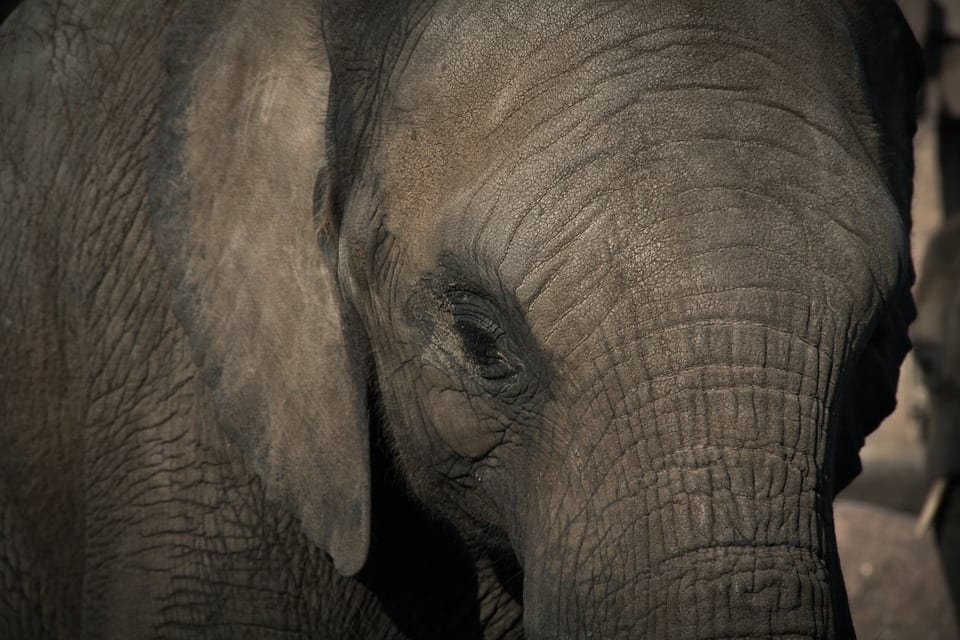A year ago, President Obama promised to enact a complete ban on the commercial sale of elephant ivory in the US ― an industry that shouldn’t even exist in the first place, but somehow, has persisted into the modern age.
Finally, Obama and Chinese president Xi Jinping announced last Monday that there will be a ban on ivory trade in both countries. There will be tightened restrictions on the import of ivory hunting trophies, and the only types of ivory that can be legally traded are antiques more than 100 years old.
The allowance of antique ivory sales seems to undermine the ban, however, because it implies that substance still has high value, and, I’m sure to bypass the law, poachers around the world will begin passing off their treasures as antiques. But old or new, I wouldn’t want any piece of ivory in my possession, and those with enough money to purchase ivory trinkets and art should also have enough sense to realize that they are supplying the demand for murder.
Despite the worldwide ban enacted in 1989, the black market for the white stuff still thrives. Somehow, ivory is making its way out of Africa and mainly into Asia before being smuggled into the U.S. It baffles me that there is even a current demand for a product harvested by slaughtering innocent animals. Poultry for consumption is one thing, but a piece of an elephant’s tusks for decoration or jewelry is another. Is a bangle really worth cutting off an elephant’s face and leaving its carcass to rot while its herd mourns? Yes, elephants mourn. They feel pain. They deserve to live without the possibility of slaughter simply because they were born with beautiful ivory tusks. Those tusks are their means of survival against predators like lions, and it’s a shame that humans, the most dangerous predators of all, use guns that render tusks useless as weapons.
Elephants, and even walruses and hippos, don’t stand a chance against a poacher who covets their ivory. But why does this poacher seek to make a living by killing innocent animals and harvesting parts of their body? Because some rich person in a developed country craves a piece of art for their foyer. I bet if fancy pieces of plastic were sold instead of ivory, hardly anyone except for expert antique traders would be able to detect the difference.
The U.S. Fish and Wildlife Service held an “Ivory Crush” event in Times Square this past summer, publically destroying a literal ton of confiscated ivory products after a series of undercover operations seizing illegal art and jewelry all across the nation. This is exactly the message we need to send to the rest of the world. We don’t value ivory; we value the lives of the animals that had to die in the name of a senseless human pleasure.
African elephants are listed as threatened under the endangered species act for a reason, and killing them for ivory doesn’t help the cause of saving their species. According the U.S. Fish and Wildlife Service, 35,000 elephants die each year in poaching incidents, and these intelligent and beautiful creatures should be appreciated for their grace when they are alive, and not when they are carved and hung up on someone’s wall. There is enough material out in the world to make art out of; let animals be living works of art.


